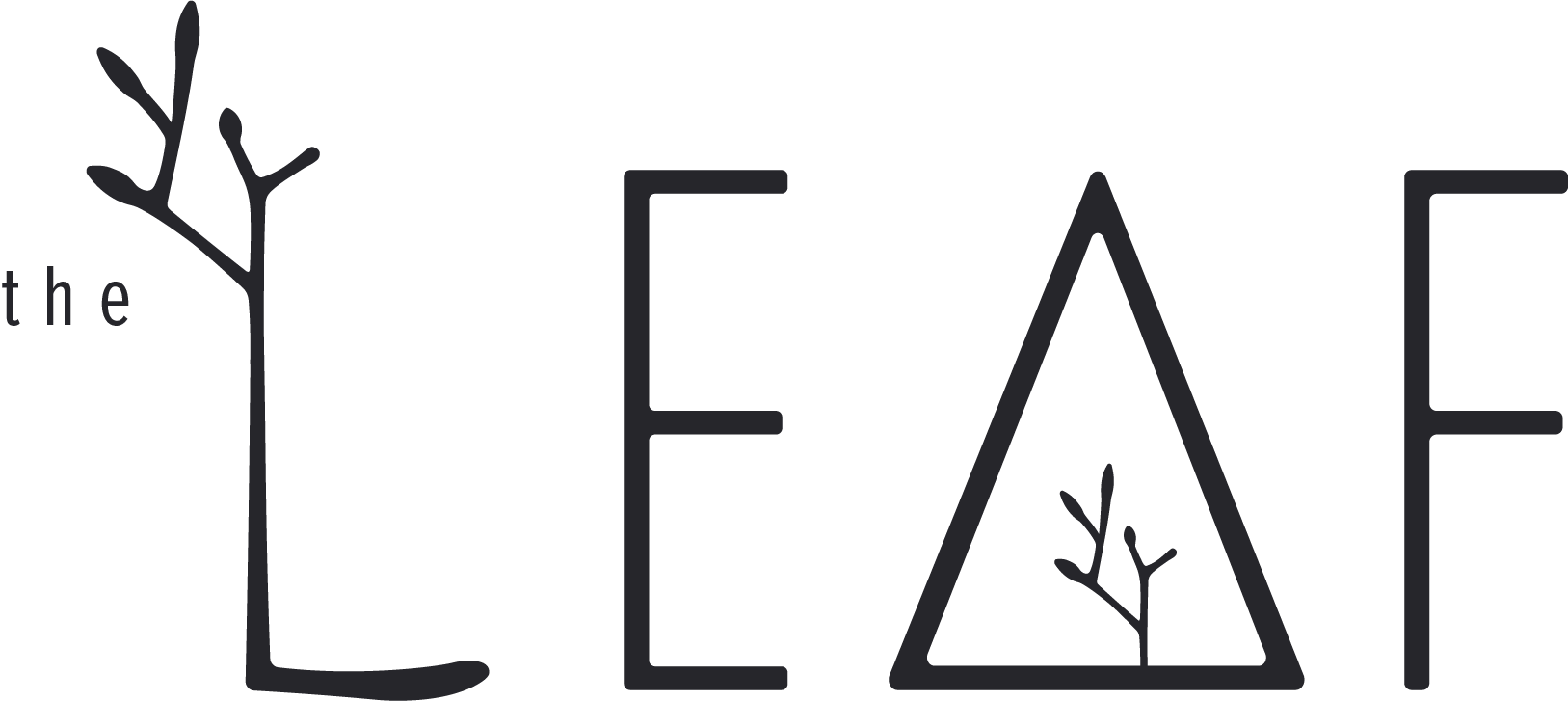The Biodiversity Crisis
mass extinctions
We are currently in the sixth mass extinction, also known as the Anthropocene extinction. The previous mass extinction was over 60 million years ago and was most likely caused by an “impact winter”; the cooling of the planet following the collision of an asteroid with earth ejecting enough dust to block radiation from the sun and prevent it from warming the earth. The last one caused the extinction of over 75% of species (including the dinosaurs) and this current extinction, caused by humans, is on track to match that, with a rate of extinction 100-1,000 times higher than the background rate. This is primarily due to our dominion of earth: the endless habitat conversion for farming and development combined with greenhouse gas induced climate change.
At LEAF we do not believe in purely numerical tree targets. Planting monocultures is done throughout the world for food crops or timber and these plantations have next to no diversity in animals, plants or fungi. Our mission is to create jungles, and such habitats require the interaction of a plethora of different species and trophic levels. With diversity comes resilience: while some species may be susceptible to a disease or heavy grazing by a herbivore, other species are not, meaning the habitat has a better chance of standing the test of time and is less likely to suffer from diseases or perish under climate change.
Biocentrically speaking, a diverse habitat speaks for itself. It supports a larger range of species which go on to support more species. Whether pleasing to the human eye and just acknowledged to be existing, or providing livelihoods in terms of tourism and sustainable produce this is undoubtedly a good thing.
Source: WWF
Benefits of Biodiversity
From a purely anthropocentric viewpoint, biodiversity may not appeal to you for the beauty or ecological complexity it brings. But it is hard to ignore the myriad of potential benefits biodiversity has to offer. Whether in the form of pain relief such as aspirin, derived from the bark of a willow tree and morphine, from the opium poppy or live saving drugs such as paclitaxel (Taxol) from the bark of the Pacific Yew tree used to treat breast cancer, humans rely heavily on plants to kill pain and treat diseases. Plants support a network of other pharmacologically interesting species. They are decomposed by fungi, one of which gave rise to our wonder antibiotic, penicillin, and provide the food for much of the prey of venomous animals such as gila monsters and lancehead vipers which have provided us with exenatide, the type II diabetes treatment, and captopril, the hypertension treatment respectively. The issue is that species are going extinct frequently before they have even been discovered, and with them go the endless possible treatments that their millennia of evolution have left them with.
Source: WWF
Join LEAF on our mission
By protecting habitats and making new ones, we give these species a second chance. These relict habitats can stop riding the red list to extinction and instead be given the protection they deserve. Over the next decade approximately 30% of farmland in Europe will be abandoned. This offers habitat restoration a real fighting chance there, and as revolutionary agricultural practices get to less well developed countries, land there will also become available for nature. By protecting and planting out such decimated lands with a wide range of native indigenous flora, we give the full array of biota associated with these habitats a second chance.
There is urgency, species are disappearing and our planet is warming. Trees take years if not decades to reach maturity and start sequestering a significant amount of carbon. As the Chinese proverb says, “the best time to plant a tree was thirty years ago, the next best time is now” and this has never been truer than in the face of climate change. Help us restore habitats and begin making the jungles that your future self, children and future progeny can enjoy.
We need your energy and enthusiasm, a small donation, or just a follow on social media. Join the LEAF in some way today and let’s make some future forests together.
Reading:
Has the Earth’s sixth mass extinction already arrived? Barnosky et al. (2011)
Plants as a source of new medicines. Gwynn & Hylands. Drug Discovery World






